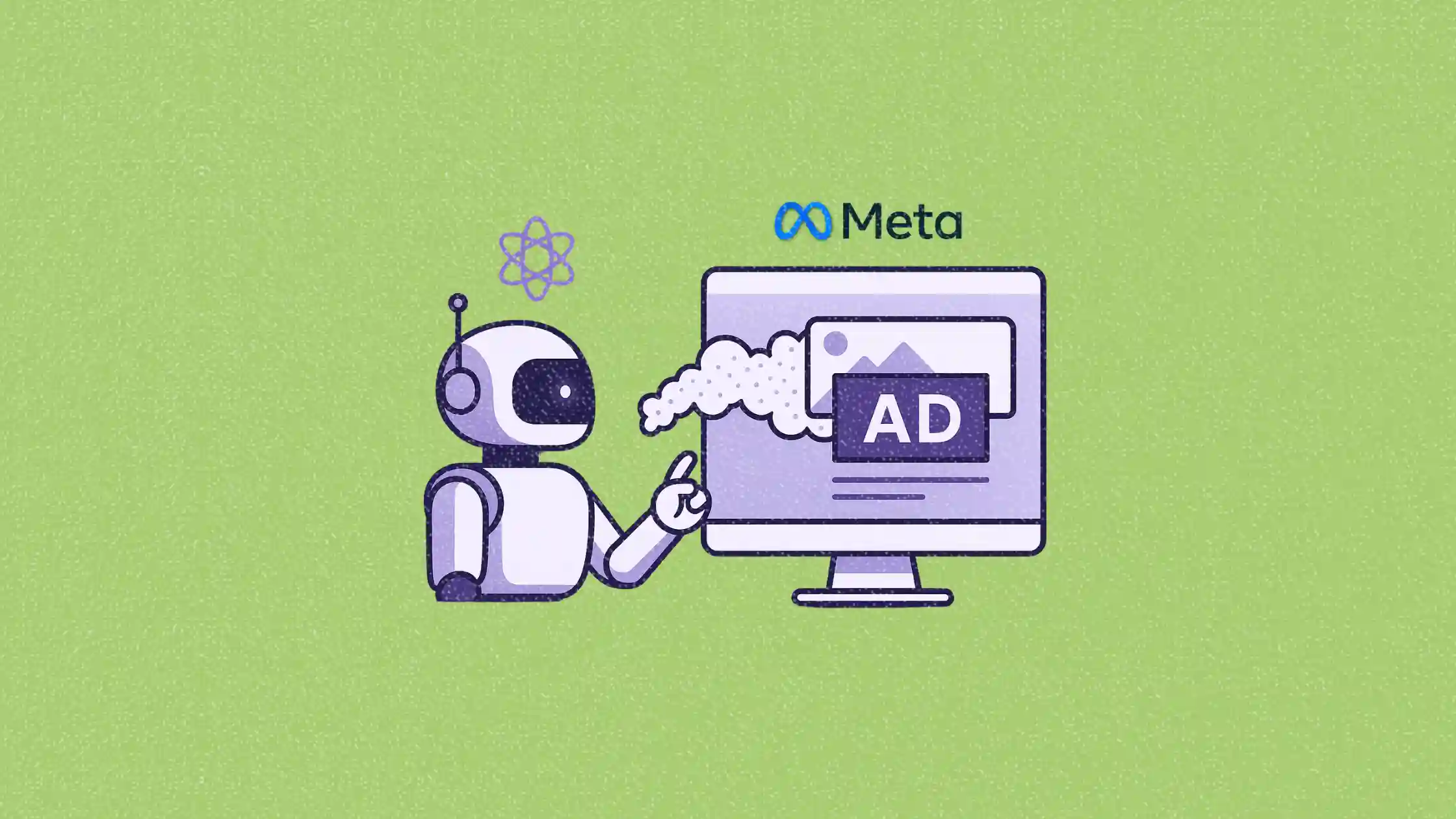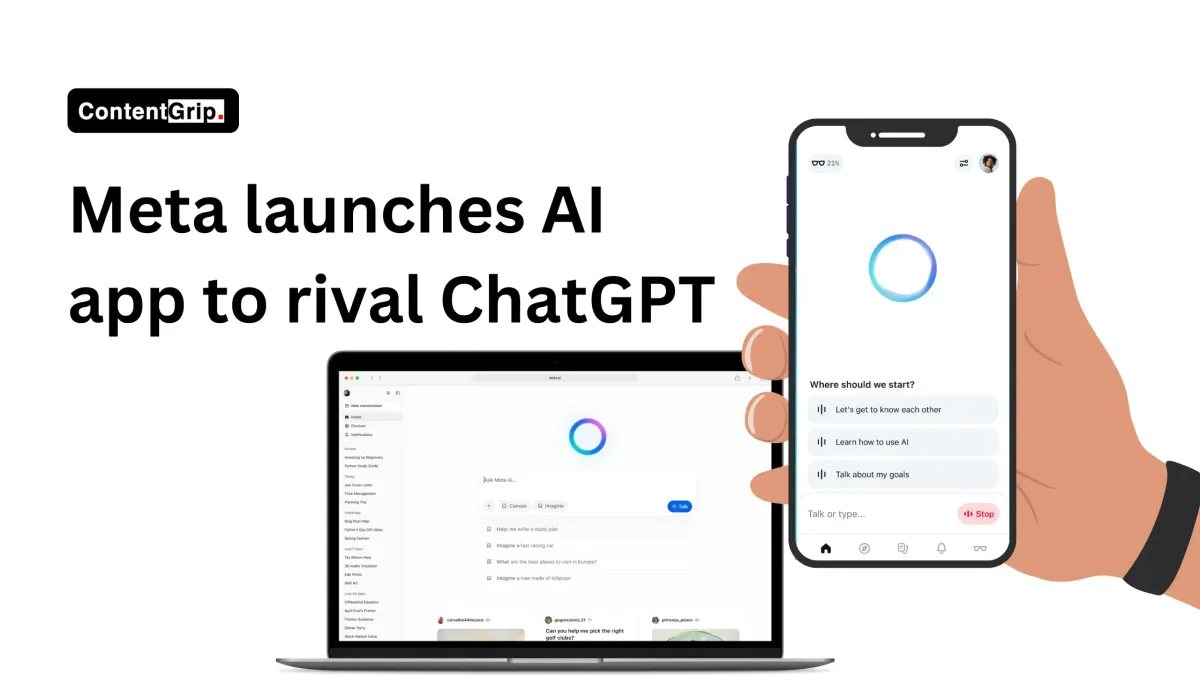Meta turns all Facebook videos into Reels
Facebook videos are now Reels by default. Learn how this affects content workflows, audience targeting, and monetization.

Facebook just changed how videos are published on its platform—and the update has big implications for content workflows and audience strategy.
Meta announced that all videos posted to Facebook will now be published as Reels by default, eliminating the need to choose between formats. This move collapses video and Reels into a single flow, aligning with the company's push to simplify creation tools and unify audience targeting across content types.
For marketers and creators, the update streamlines production—but also raises questions about discoverability, audience control, and how long-form video will be treated in a Reels-first ecosystem. This article explores the key changes and what marketers should do next.
Short on time?
Here’s a table of contents for quick access:

What changed on Facebook video
Meta is rolling out a unified publishing process on Facebook: all videos, regardless of length or format, will now be uploaded as Reels.
Previously, users had to choose between posting a standard video or a Reel—each with different workflows and editing tools. Now, creators will use a single interface with expanded editing options and access to Facebook’s full-screen Reels player.
Alongside the format shift, Meta is refreshing the video interface. The “Video” tab will be renamed to “Reels,” though personalized recommendations and previously uploaded content will remain unchanged.
Another notable change: audience settings for Reels and regular posts are being aligned. When uploading, users will be prompted to confirm or update their default audience—whether public or limited to selected groups.

Why Meta is doing this
The move simplifies content creation and aligns Facebook more closely with Instagram’s Reels-first design. It also reflects Meta’s broader shift toward immersive, full-screen video experiences optimized for engagement and monetization.
Importantly, Meta is also removing time and format restrictions for Reels—allowing longer, more varied content. That means creators can now post everything from short clips to full-length videos within the same framework, without worrying about format constraints.
This streamlining mirrors similar platform changes across the industry. TikTok blurred the line between short-form and long-form video by extending its video limits. YouTube continues to integrate Shorts and long-form video into a unified user experience.
By removing the distinction, Meta is betting that a single Reels format can drive consistency in user engagement and simplify its product ecosystem—especially as it rolls out more AI-driven video recommendations.

What marketers should know
This update may feel like a technical tweak, but it has several strategic implications for brands and content creators.
- Reels is no longer just short-form.
With Meta dropping time limits, Reels now supports both bite-sized clips and longer storytelling formats. Marketers can rethink how they use Facebook video—embracing everything from snackable promos to full-length explainers—all under the same format.
- Expect creative tools to get more standardized.
Meta’s unified editor gives brands more consistency in how they produce content. This can reduce friction in asset creation and make it easier to repurpose videos across Facebook and Instagram.
- Audience targeting is more straightforward—but requires attention.
Since audience settings are now unified, every upload will prompt a privacy confirmation. Marketers should double-check default settings, especially for campaigns where limited visibility (e.g., internal communities or geo-targeted audiences) matters.
- Performance metrics may shift.
Engagement and reach may fluctuate as Meta’s algorithms recalibrate around a single video format. Marketers should closely track how new Reels posts perform compared to legacy video posts to refine strategy and content cadence.
- This could benefit monetization—if used wisely.
Meta confirmed that distribution eligibility remains unchanged. That means creators and brands using Reels will still qualify for monetization programs and algorithmic boosts. But with increased volume and less format distinction, standing out will require sharper creative.
Meta’s decision to consolidate Facebook videos into Reels marks another step in its platform simplification strategy—and a cue for marketers to adjust.
As the Reels format evolves beyond short clips, brands should revisit their content mix, test new video lengths, and refine audience settings.
The era of “regular” Facebook video is over. From now on, it’s all Reels—and marketers who adapt early will be better positioned to ride the engagement wave.






